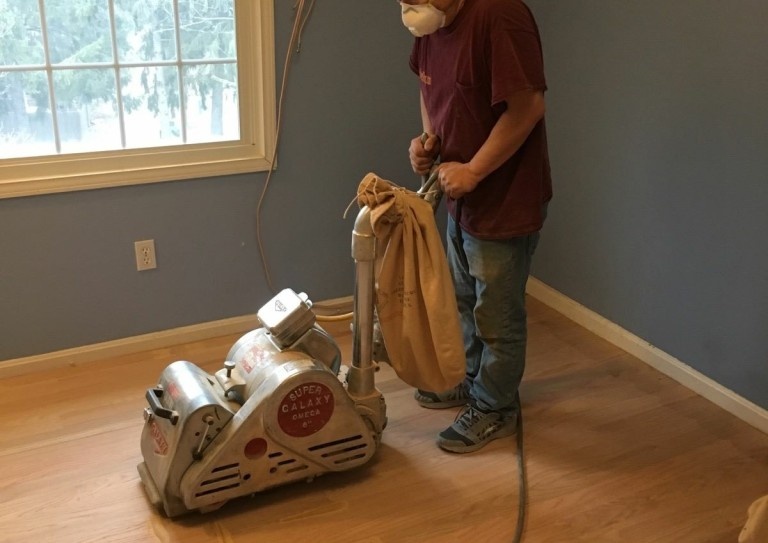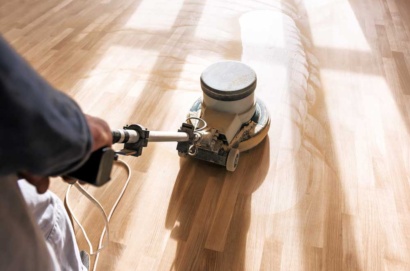Sanding is an essential part of the hardwood floor restoration process, breathing new life into tired and worn-out surfaces. However, the sanding process can pose potential risks if not approached with the right safety precautions. Whether you’re a seasoned DIY enthusiast or a professional hardwood flooring company, understanding and implementing safety measures is crucial to ensure the success of your hardwood floor sanding project. In this post, we’ll delve into essential safety tips and precautions to protect yourself and your floors during the sanding process.
Use Proper Personal Protective Equipment (PPE)
The first and most crucial step in ensuring your safety during hardwood floor sanding is to wear the appropriate Personal Protective Equipment (PPE). This includes:
- Dust Mask: Airborne wood dust can be hazardous to your health, leading to respiratory problems. Invest in a high-quality dust mask that is rated to block small particles.
- Safety Goggles: Protect your eyes from flying debris and dust particles by wearing safety goggles or a face shield.
- Ear Protection: Sanding machines can generate loud noises, which may cause hearing damage over time. Use earplugs or earmuffs to safeguard your hearing.
- Work Gloves: Choose durable work gloves to protect your hands from abrasions, splinters, and potential contact with chemicals while sanding hardwood floors.
Ensure Adequate Ventilation
Proper ventilation is essential to minimize exposure to airborne dust and fumes during the process of sanding hardwood floors. If you’re working indoors, open windows and doors to allow fresh air to circulate. Additionally, consider using fans and air purifiers to help capture and remove airborne particles from the work area.
Work in Sections and Isolate the Area
Divide your hardwood floor into manageable sections and work on one area at a time. Isolating the work area with plastic sheeting or drop cloths can help contain dust and prevent it from spreading to other parts of your home.
Inspect and Maintain Sanding Equipment
Before starting the sanding process, thoroughly inspect all sanding equipment to ensure it is in good working condition. Replace any worn-out sandpaper or discs and check for loose parts or damaged cords that could pose safety hazards.
Keep the Floor Surface Clean
Regularly clean the work area to remove debris, dust, and sawdust. A clean workspace minimizes tripping hazards and ensures the sanding equipment works efficiently.
Properly Handle and Store Finishing Products
If you’re using chemical finishes or stains, follow the manufacturer’s guidelines for handling, storage, and disposal. Keep these products away from open flames, sparks, or high heat sources.
Beware of Power Cords
When using electric sanding machines, be mindful of power cords. Keep them away from the sanding path to prevent tripping or accidentally cutting them with the sanding equipment. Hardwood flooring professionals such as companies will likely move everything out of the way before starting the sanding process to ensure safety.
Avoid Over-Sanding
Sanding too much in one spot can result in uneven flooring and may cause damage to the hardwood. Follow recommended sanding patterns and work gradually to achieve the desired results without over-sanding.
Conclusion
Hardwood floor sanding can be a rewarding and transformative process, but it requires careful attention to safety. By following these essential tips and precautions, you can protect yourself from potential hazards and ensure a successful refinishing project. Remember to prioritize personal protective equipment, maintain proper ventilation, and handle equipment and finishing products with care. With the right safety measures in place, you can confidently restore your hardwood floors to their former glory, making your home a beautiful and safe space for years to come.




